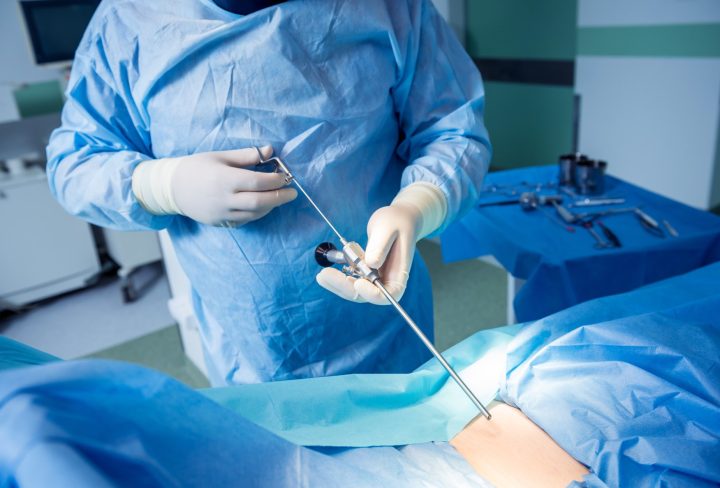A surgical procedure to remove damaged disc material from the lower back that is pressing on a nerve or the spinal cord
The discs are cushions that run between the bones of the spine to provide support
The recovery period is usually less, with fewer risks for complications
Endoscopic Lumbar Discectomy: When is it Required?
Endoscopic Lumbar Discectomy helps patients with:
- Localized Back Pain
- Sharp, Shooting Pain in the Lower Back or Leg
- Weakness, Numbness, or Tingling Down the Leg
- Narrow Spinal Canal
- Bulging Discs
Avoid Endoscopic Lumbar Discectomy: Preventive Measures
- Exercise Regularly
- Maintain A Healthy Weight
- Quit Smoking
- Practice Good Posture
- Use Proper Lifting Techniques
- Get Regular Check-ups
- Take Medications (As Prescribed)
- Use Ergonomic Furniture (Support Your Spine and Reduce Strain)
Endoscopic lumbar discectomy: How to Prepare?
- Do not eat or drink after midnight the night before your procedure
- Stop taking certain medications before the surgery (blood thinners)
- Try to get a good sleep before the day of surgery to reduce stress and anxiety
Lumbar Endoscopic Discectomy: What to Expect?
- Under local anesthesia, a small incision is made on the back to allow the instruments and an endoscope (a small camera) into the disc space
- The surgeon removes the damaged portion of the disc and any disc material pressing against the nerves
- Then the surgeon removes the instruments and closes the sutures,
It takes about 1 hour to perform the Lumbar Endoscopic Discectomy.
Post-Operative Exercises for Endoscopic Lumbar Discectomy
Perform These Exercises 3 Times a Day
Exercise 1:
- Lie on your back, squeeze your buttocks firmly together
- Hold for 5-10 seconds
- Repeat 10 times
Exercise 2:
- Lie on your back, engage your pelvic and abdominal muscles, then bend and straighten your legs alternately
- Repeat 10 times
Exercise 3:
- Laying on your back, engage your pelvic and abdominal muscles, pull your toes towards you, and tighten your thigh muscle, straightening your knee
- Hold for 5-10 seconds
- Repeat 10 times
Endoscopic Lumbar Discectomy: Post-Operative Care
- Take adequate rest
- Avoid strenuous activities and heavy lifting for at least six weeks after the procedure
- Take pain medications to help manage pain and discomfort
- Go for physical therapy to regain strength and movement
- Never miss follow-up visits to monitor the recovery process
After Lumbar Endoscopic Discectomy: When to Seek Help?
Contact your doctor immediately if you experience,
- Persistent Pain
- Numbness Or Weakness in the Lower Extremities
- Nausea or Vomiting
- Fever or Chills
- Redness, Swelling, or Discharge at the Surgical Site
- Bleeding
- Loss of Bowel and Bladder Control
Benefits of Endoscopic Lumbar Discectomy
- Less Pain
- Small Incision and Minimal Scarring
- Minimal Blood Loss
- Short Recovery Time
- Low Risk of Infection
- Minimal Damage to Surrounding, Healthy Tissues
- 90% or Higher Success Rates
Things to Avoid After Endoscopic Lumbar Discectomy
Avoid
- Strenuous Activities and Heavy Lifting For At Least 8 Weeks
- Sitting For Long Periods
- Swimming And Running For At Least 6 Weeks
- Driving For At Least 2-3 Weeks
- Long Trips or Flights For At Least 4-6 Weeks
Myth and Fact: Endoscopic Lumbar Discectomy
Myth: Endoscopic lumbar discectomy is only for severe cases of a herniated disc
Fact: NO! It can treat disc herniations of any size and severity
Myth and Fact: Endoscopic Lumbar Discectomy
Myth: Endoscopic lumbar discectomy is painful
Fact: No! It is less painful, and most patients report minimal discomfort after the procedure

